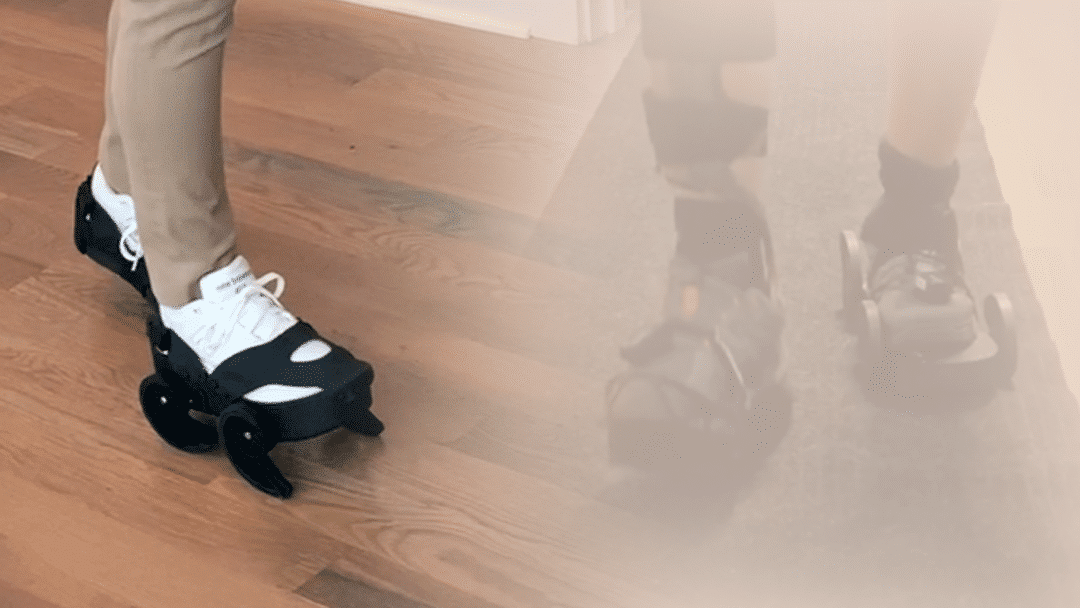Stroke is a leading cause of death and disability worldwide. It occurs when the blood supply to the brain is interrupted, which can damage brain cells. Stroke can cause a variety of physical and cognitive impairments, including paralysis, difficulty speaking, and difficulty thinking. One of the most common impairments caused by stroke is hemiparesis, which is weakness or paralysis on one side of the body. Hemiparesis can make it difficult for people to perform everyday activities, such as walking, dressing, and bathing.
There are a number of rehabilitation therapies available for people with hemiparesis. One of the most common therapies is physical therapy, which helps people to regain strength and range of motion in their affected limbs. In recent years, there has been a growing interest in using technology to assist with stroke rehabilitation. One promising technology is human pose estimation. Human pose estimation is the process of determining the location of the joints of a human body in a given image.
Pose estimation can be used to track the progress of stroke rehabilitation. For example, pose estimation can be used to measure the range of motion in a person’s affected limbs. This information can be used to adjust the rehabilitation program to ensure that it is challenging but not too difficult. Pose estimation can also be used to provide feedback to people with hemiparesis. For example, pose estimation can be used to show people how to move their affected limbs in a correct and safe way. This feedback can help people to learn new movements and to improve their existing movements.
In addition to tracking progress and providing feedback, pose estimation can also be used to personalize rehabilitation programs. For example, pose estimation can be used to identify the specific movements that are most difficult for a person with hemiparesis. This information can be used to create a rehabilitation program that focuses on these specific movements. Pose estimation is a promising technology that has the potential to improve the rehabilitation of people with stroke. It is a relatively new technology, but it has already shown promising results in early studies. As pose estimation technology continues to develop, it is likely to play an increasingly important role in stroke rehabilitation.
How Pose Estimation Can Be Used in Stroke Rehabilitation
Here are some specific ways that pose estimation can be used in stroke rehabilitation:
- Tracking progress: Pose estimation can be used to track the progress of a person’s rehabilitation by measuring the range of motion in their affected limbs. This information can be used to adjust the rehabilitation program to ensure that it is challenging but not too difficult.
- Providing feedback: Pose estimation can be used to provide feedback to people with hemiparesis on how to move their affected limbs in a correct and safe way. This feedback can help people to learn new movements and to improve their existing movements.
- Personalizing rehabilitation programs: Pose estimation can be used to personalize rehabilitation programs by identifying the specific movements that are most difficult for a person with hemiparesis. This information can be used to create a rehabilitation program that focuses on these specific movements.
The Future of Pose Estimation in Stroke Rehabilitation
Pose estimation is a relatively new technology, but it has already shown promising results in early studies. As pose estimation technology continues to develop, it is likely to play an increasingly important role in stroke rehabilitation.
Here are some of the ways that pose estimation technology is likely to develop in the future:
- Improved accuracy: Pose estimation technology is constantly being improved, and it is likely to become more accurate in the future. This will allow pose estimation to be used in more applications, such as stroke rehabilitation.
- Real-time feedback: Pose estimation technology is also being developed to provide real-time feedback to people with hemiparesis. This will allow people to receive feedback on their movements as they are performing them, which can help them to learn new movements more quickly.
- Integration with other technologies: Pose estimation technology is also being integrated with other technologies, such as virtual reality and augmented reality. This will allow people with hemiparesis to practice movements in a safe and controlled environment.
Overall, pose estimation is a promising technology that has the potential to improve the rehabilitation of people with stroke. As pose estimation technology continues to develop, it is likely to play an increasingly important role in stroke rehabilitation.
To read the full study on kinetic shapes and pose estimation, click here
